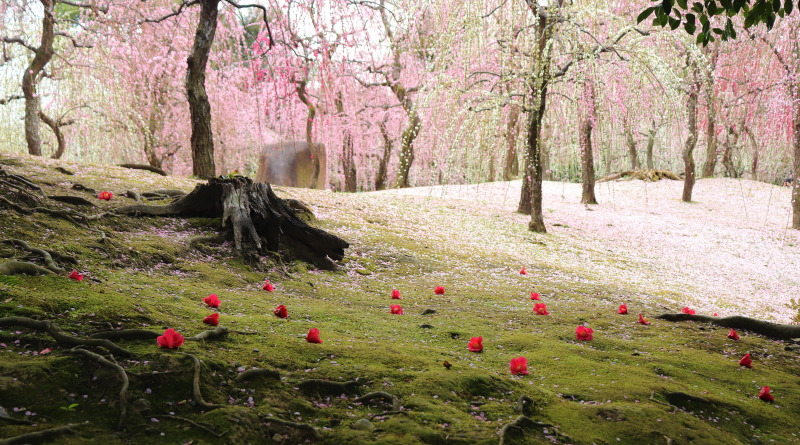[ad_1]
Just south of Kyoto is the quiet Jonan-gu Shrine. Throughout most of the year, this shrine is little noticed, but around March, the shrine’s beautiful gardens erupt in hundreds of blooming plum trees and camellias. These gardens attract scores of visitors hoping to lose themselves in a sea of pink, red, and white flowers.
The History of Jonan-gu Shrine
In the 8th century, when Emperor Kanmu made Kyoto the capital and began the Heian period, shrines were built in each of the four directions to protect the new capital from ominous spirits. To that end, Jonan-gu was erected to be the guardian in the south.
After Emperor Shirakawa built Toba Villa, Jonan-gu also became the guardian shrine of the villa, and from that time on, many of Japan’s emperors frequented Jonan-gu.
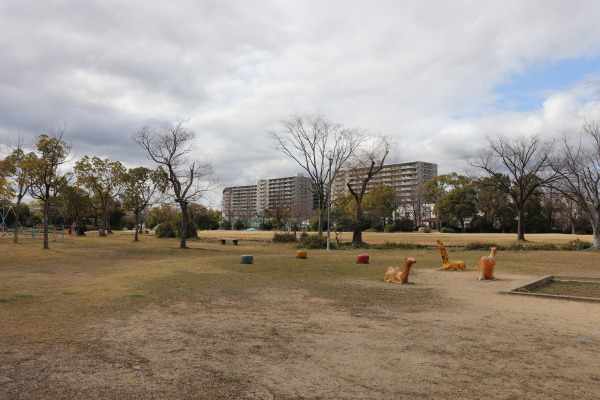
It was also customary for emperors to go through purification rituals for the Kumano Pirglimage in Jonan-gu, so the shrine developed a reputation as a place of good fortune for travelers hoping for safety on their journies.
Jonan-gu Shrine: Shrine Grounds
Jonan-gu is a short 20-minute walk away from the JR Takeda Station (the Kyoto Subway Station is also nearby). Just head south from the station and turn right along Jonangu-michi Street until you reach the shrine.
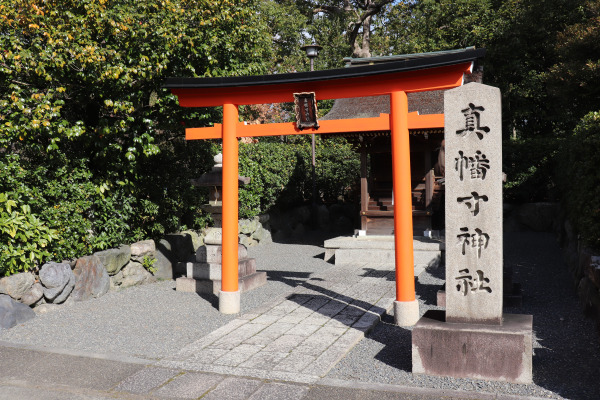
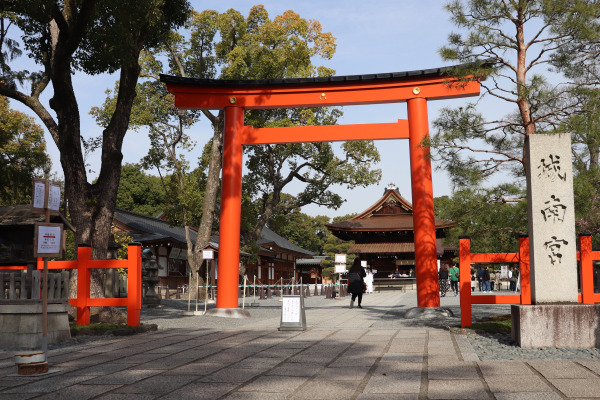
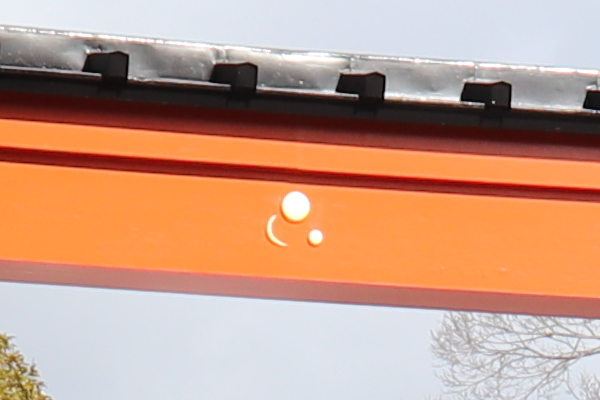
The shrine’s main prayer hall, the honden, was rebuilt just over 40 years ago, so it looks very new. The honden enshrines Kunitokotachi no Kami (The very first god to appear in Japanese mythology), Okonagatarashime no Mikoto (aka Empress Jingu), and Yachihoko no kami (aka Okuninushi).
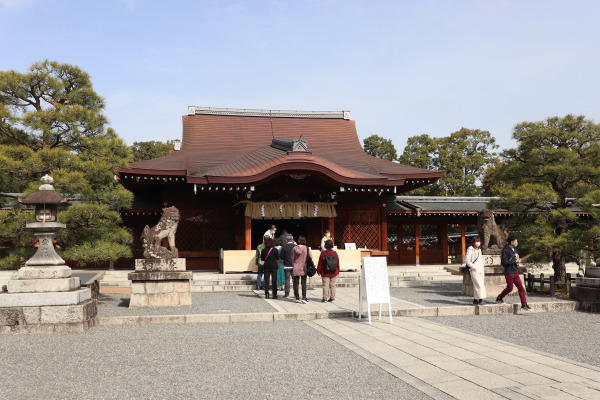
Japanese Garden
Of course, the star of the shrine is its gardens. Around March, 150 weeping plum trees bloom here, as well as many camellia bushes. I believe this is one of the most beautiful plum gardens in the entire Kansai region.
Upon entering the garden is the “Spring Mountain” area. Here, you can see various colors of weeping plum trees blooming all over the garden. Certainly, normal plum trees are very pretty but I think the elegant downcast branches of weeping trees are especially beautiful, and I think this is also true of sakura trees.

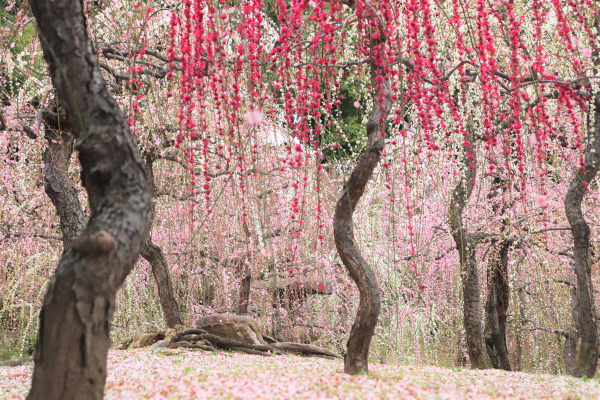

Together with plum trees, their camellias are another of the shrine’s highlights. Specifically, the contrast of the fallen red camellia flowers dotting the green moss with a backdrop of the pink plum blossoms is Jonangu’s most famous picturesque image.
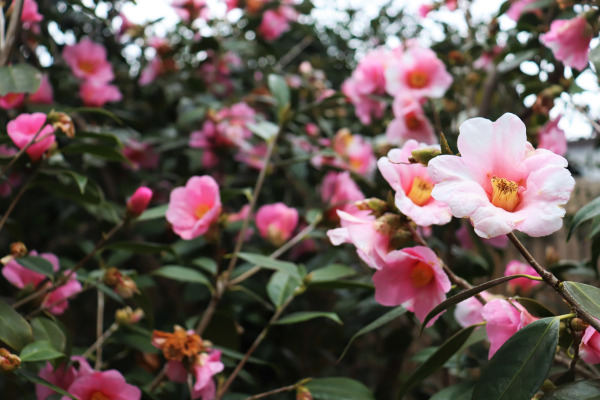
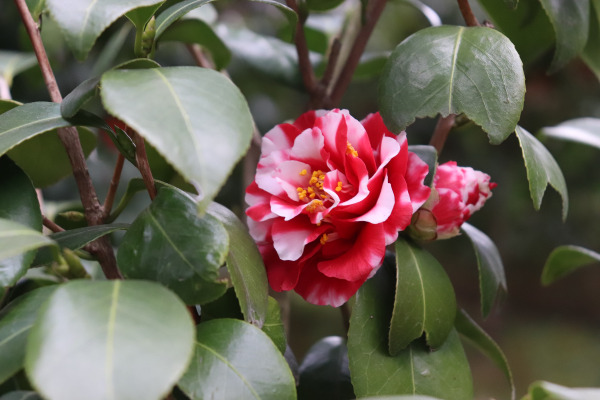
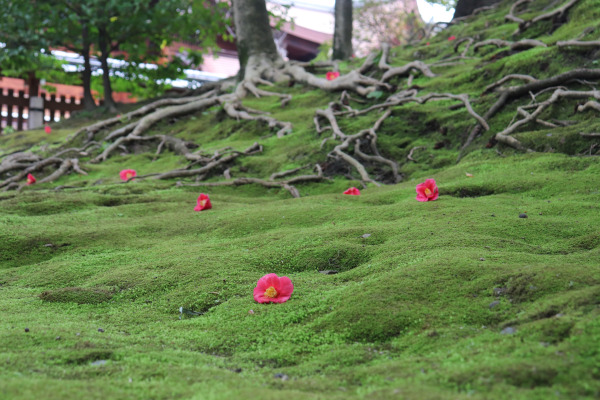
After “Spring Moutain”, there are several classic Japanese gardens like “Heian no Niwa (Garden of Heian Period)” and “Muromachi no Niwa (Garden of Muromachi Period)”.
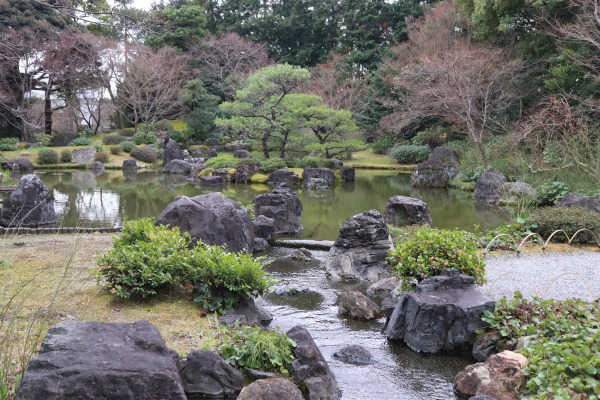
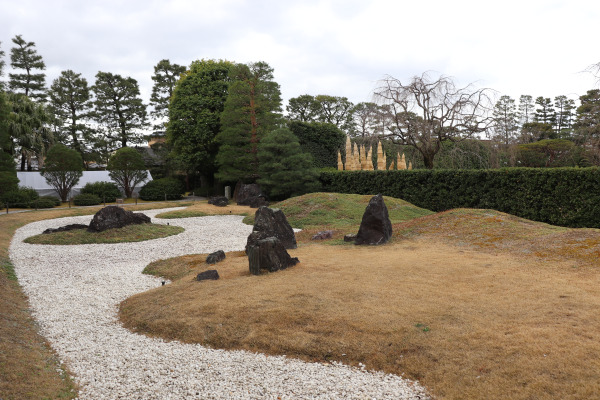
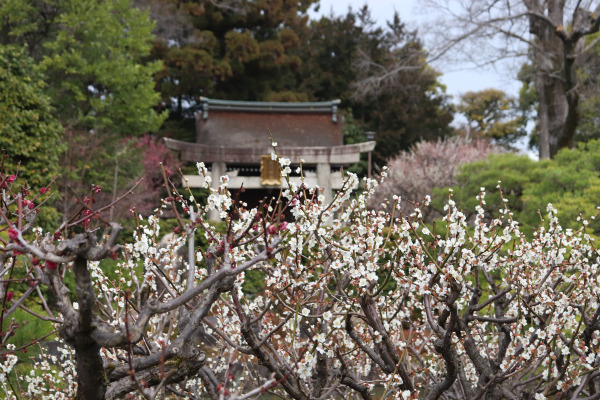
[ad_2]
Source link

